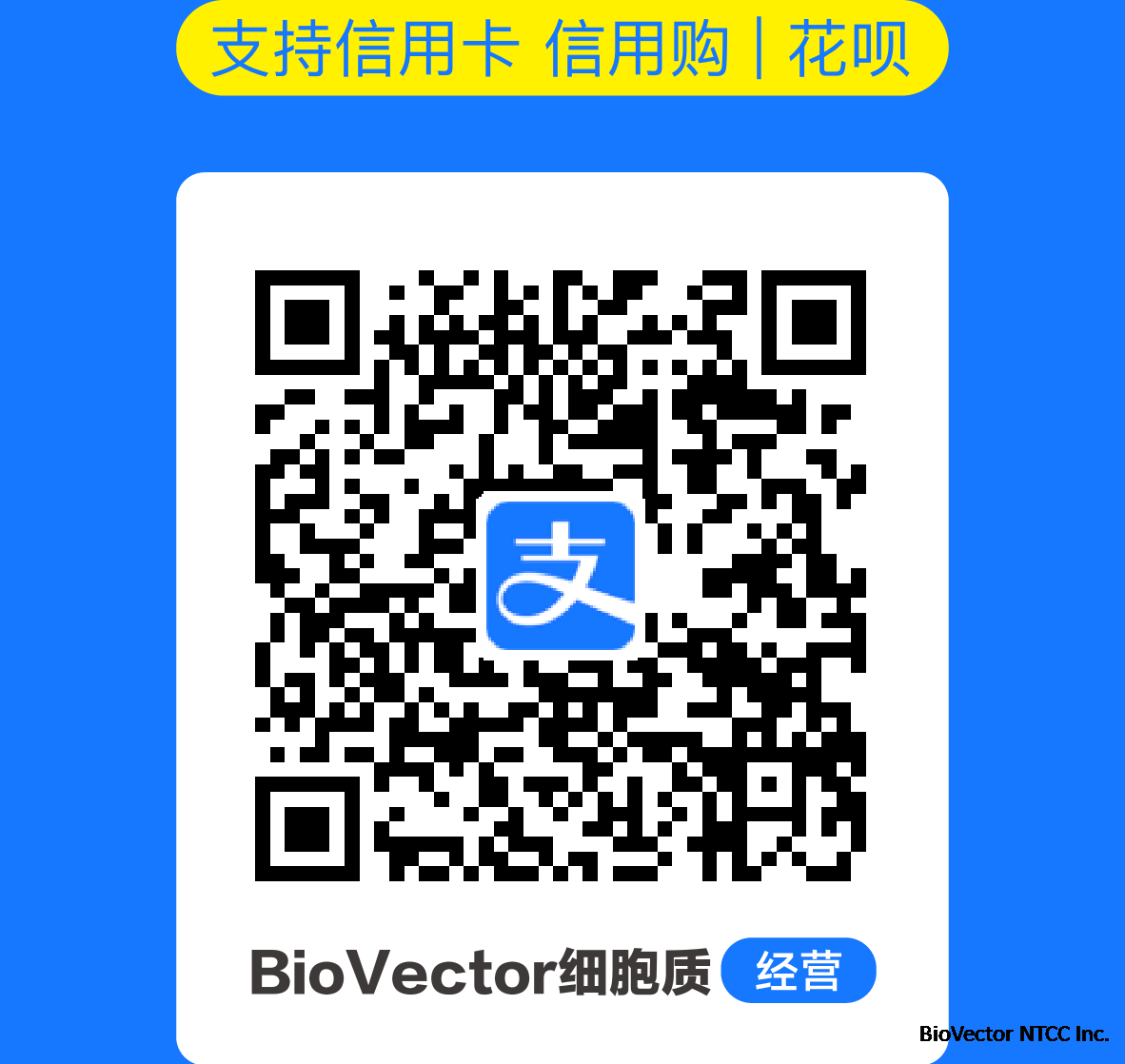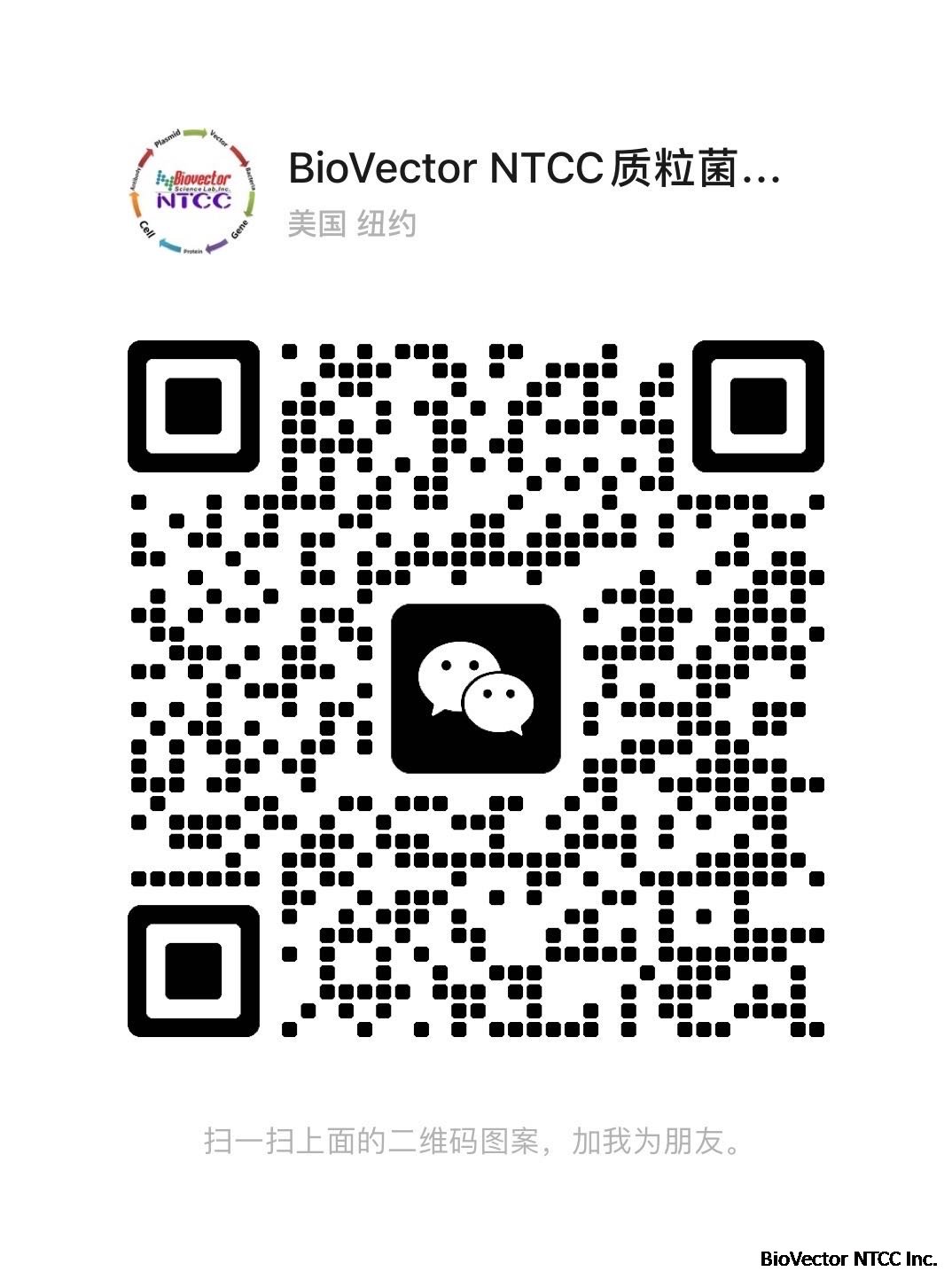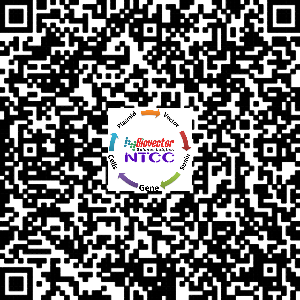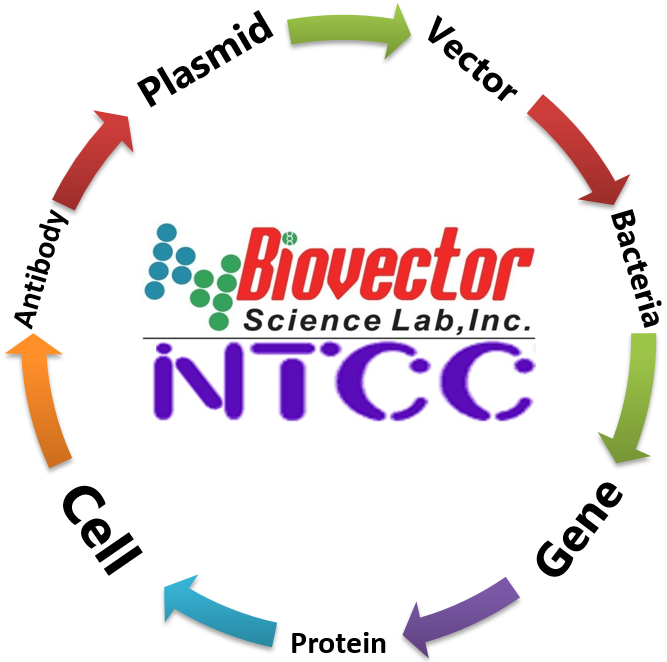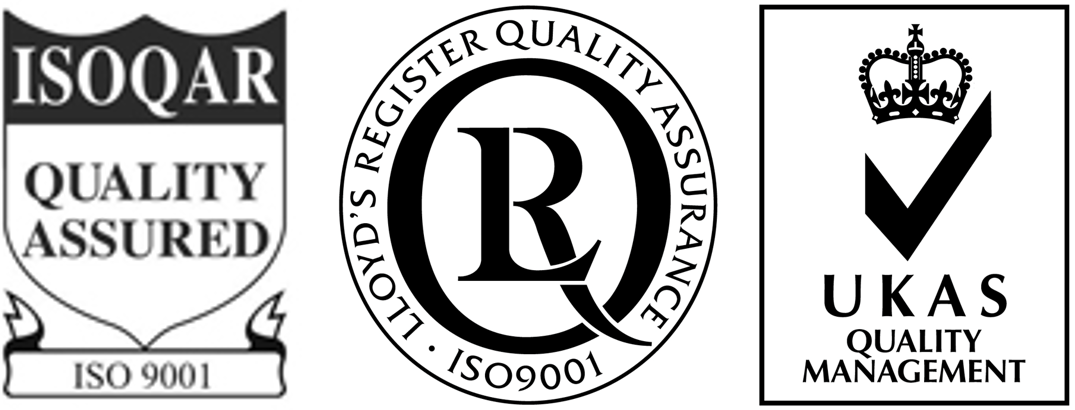AD494,Origami菌株用于多二硫键蛋白表达,C41 (DE3)和C43 (DE3)菌株用于膜蛋白表达
- 价 格:¥1920
- 货 号:C41 (DE3) C43 (DE3) AD494,Origami
- 产 地:北京
- BioVector NTCC典型培养物保藏中心
- 联系人:Dr.Xu, Biovector NTCC Inc.
电话:400-800-2947 工作QQ:1843439339 (微信同号)
邮件:Biovector@163.com
手机:18901268599
地址:北京
- 已注册
Protein Expression and Purification Core FacilityProtein Expression
E.coli
General Strategy
To speed up protein production, we have adopted a strategy of parallel expression of a protein from a variety of vectors containing different tags and/or fusion partners, and a variety of E. coli host strains. This approach should not only gain us a lot of time but also result in a larger number of successfully expressed proteins.
The expression strategy consists of the following two sets of experiments:
1. The expression of a protein in a basic E. coli host strain from a variety vectors with different tags and/or fusion partners.
Our first screen is to express a protein in BL21 (DE3) from modified pET-vectors with the following a selection of tags and fusion partners:
| Tag | fusion partner |
| N-terminal His6-tag | |
| N-terminal His6-tag | thioredoxin |
| N-terminal His6-tag | glutathione-S-transferase (GST) |
| N-terminal His6-tag | maltose binding protein (MBP) |
| N-terminal His6-tag | disulfide oxidoreductase (DsbA) |
| N-terminal His6-tag | NusA |
| C-terminal His6-tag |
2. The expression of a protein from a standard vector in a number of different E. coli host strains.
The choice of the host strains depends more on the nature of the heterologous protein. The following considerations should be made:
If the protein contains a high number of rare E. coli codons, it is worthwhile trying to express it in a strain that co-expresses the tRNAs for these rare codons. There are several strains commercially available:
| BL21 (DE3) CodonPlus-RIL | AGG/AGA (arginine), AUA (isoleucine) and CUA(leucine) | Stratagene |
| BL21 (DE3) CodonPlus-RP | AGG/AGA (arginine) and CCC (proline) | Stratagene |
| Rosetta or Rosetta (DE3) | AGG/AGA (arginine), CGG (arginine), AUA(isoleucine) CUA (leucine)CCC (proline), and GGA (glycine) | Novagen |
If the protein contains one or more disulfide bonds, proper folding is stimulated in host strain with a more oxidizing cytoplasmic environment. Two strains are commercially available from Novagen:
| AD494 | mutation in thioredoxin reductase (trxB) |
| Origami | double mutant in thioredoxin reductase (trxB) and glutathione reductase (gor) |
If the protein is toxic to the cell, expression in a strain containing the pLysS or pLysE vector tightens regulation of expression systems using the T7 promoter. These vectors express lysozyme, which binds to and inactivates T7 RNA polymerase. Strains are commercially available from different manufacturers.
If the protein is membrane-bound, expression in mutant strains C41 (DE3) and C43 (DE3) could improve expression levels.
Reference: Miroux, B. & Walker, J.E. (1996) J. Mol. Biol. 260, 289-298.
Our first screen is to express a protein from a modified pET-vector with an N-terminal His6-tag in the following host strains:
| Host strain |
| BL21 (DE3) |
| BL21 (DE3) pLysS |
| BL21 (DE3) CodonPlus-RIL (-RP) or Rosetta (DE3) |
| Origami (DE3) |
For the rapid screening of expression levels and protein solubility from the different vectors and in the different strains we have developed a small scale method using chromatography on magnetic beads.
The results of the first screen will be a starting point for further experiments in case no satisfactory expression conditions have been found. How to optimise expression levels, improve protein solubility,improve protein stability, and decrease protein toxicity will be discussed in the other chapters in this website.
Expression method
A typical expression experiment consists of the following step:
Picking of a single colony from a freshly streaked plate of the expression host containing the recombinant vector. When the heterologous protein is toxic for the cells, higher expression levels are obtained by using the so-called "plating" method.
Growing of a starter culture. Inoculate with the picked colony up to 50 ml of rich medium (such as LB or 2xYT) containing the appropriate antibiotic. When a larger starter culture is required, inoculate 4 ml of rich media with the single colony; grow for 4-8 hours at 37°C; and use this to inoculate the starter culture.
Do not let cultures grow at 37°C overnight! It is better to grow overnight cultures at 30°C or lower. Alternatively, the culture can be incubated at 37°C until the OD600 is approx. 1. Then store the culture at 4°C overnight. The following morning, collect the cells by centrigfugation, resuspend them in fresh medium and use this to inoculate the main culture.
The use of ampicillin requires special care. The selectable marker, b-lactamase, is secreted into the medium where it hydrolysis all of the ampicillin. This point is already reached when the culture is barely turbid. From here on, cells that lack the plasmid will not be killed and could overgrow the culture (which can be tested using a plasmid stability test). Some possible solutions are:
grow overnight cultures at 30°C or lower.
spin overnight cultures and resuspend the pellet in fresh medium to remove b-lactamase.
use the more stable carbenicillin instead of ampicillin.
Inoculation of the main culture and incubation until OD600 reaches 0.4-1. The optimal OD value depends on the culture method and the medium. For flask cultures using LB-medium anOD600of 0.6 is recommended. To increase the growth rate, we carry out the cultures at 37°C until the OD for induction is reached. Then the cultures are cooled to the induction temperature in ice-water.
Remark: For good aeration, don't use more medium than 20% of the total flask volume.
Induction of protein expression. Protein expression is induced by the addition of the proper inducer or by changing the growth conditions. From this point on the cells will use most of their resources for the production of the target protein and will not grow much further.
For the most used promoters induction conditions are listed below.
| Promoter | induction | typical condition | range |
| trc (hybrid) | addition of IPTG | 0.2 mM | 0.05 - 2.0 mM |
| araBAD | addition of l-arabinose | 0.2% | 0.002 - 0.4 % |
| PL | shifting the temperature | from 37 to 42°C | |
| T7-lac operator | addition of IPTG | 0.2 mM | 0.05 -2.0 mM |
After induction the cultures are incubated from 3 hours to overnight depending on the induction temperature. Guide lines are given below.
| Incubation temperature | incubation time |
| 15°C | overnight |
| 20°C | overnight |
| 25°C | overnight |
| 30°C | 5-6 h |
| 37°C | 3-4 h |
Harvesting of the cell pellet by centrifugation (20 min at 6000 g). Cell pellets are stored at -20°C.
- 用户
- 内容
- 询问日期
- 公告/新闻
- IPsale®生物知识产权出售平台
- 2024-06-27
- BioVector NTCC Inc.产品分类中篇1
- 2014-12-22
- BioVector NTCC产品分类目录简介-上篇
- 2014-12-22
- BioVector NTCC典型培养物保藏中心简介
- 2014-11-20
- 人源/鼠源cDNA基因ORF克隆/表达质粒现货-BioVector NTCC保藏中心
- 2014-10-20
- 订购合同下载|汇款账户信息
- 2014-06-08
